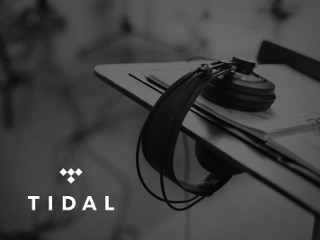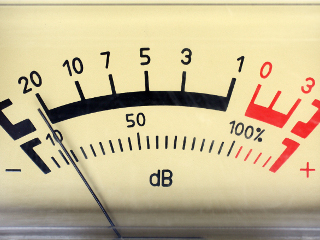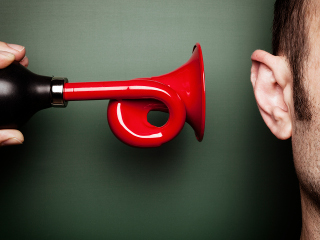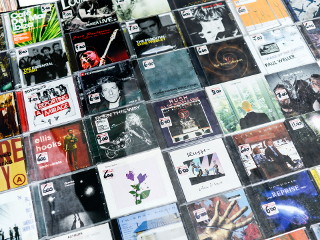Tidal Adds Loudness Normalization
Oct 7, 2016
Tidal, the Jay Z owned subscription music streaming service has added support for loudness normalization in the latest release of their iOS and Android apps. It joins Apple Music Radio, Spotify and YouTube in doing so. But Tidal has gone a step further, using the ITU-R BS.1770-4 loudness standard for measuring loudness.
I reached out to Tidal to get some details about how their normalization works…
Read more >>



